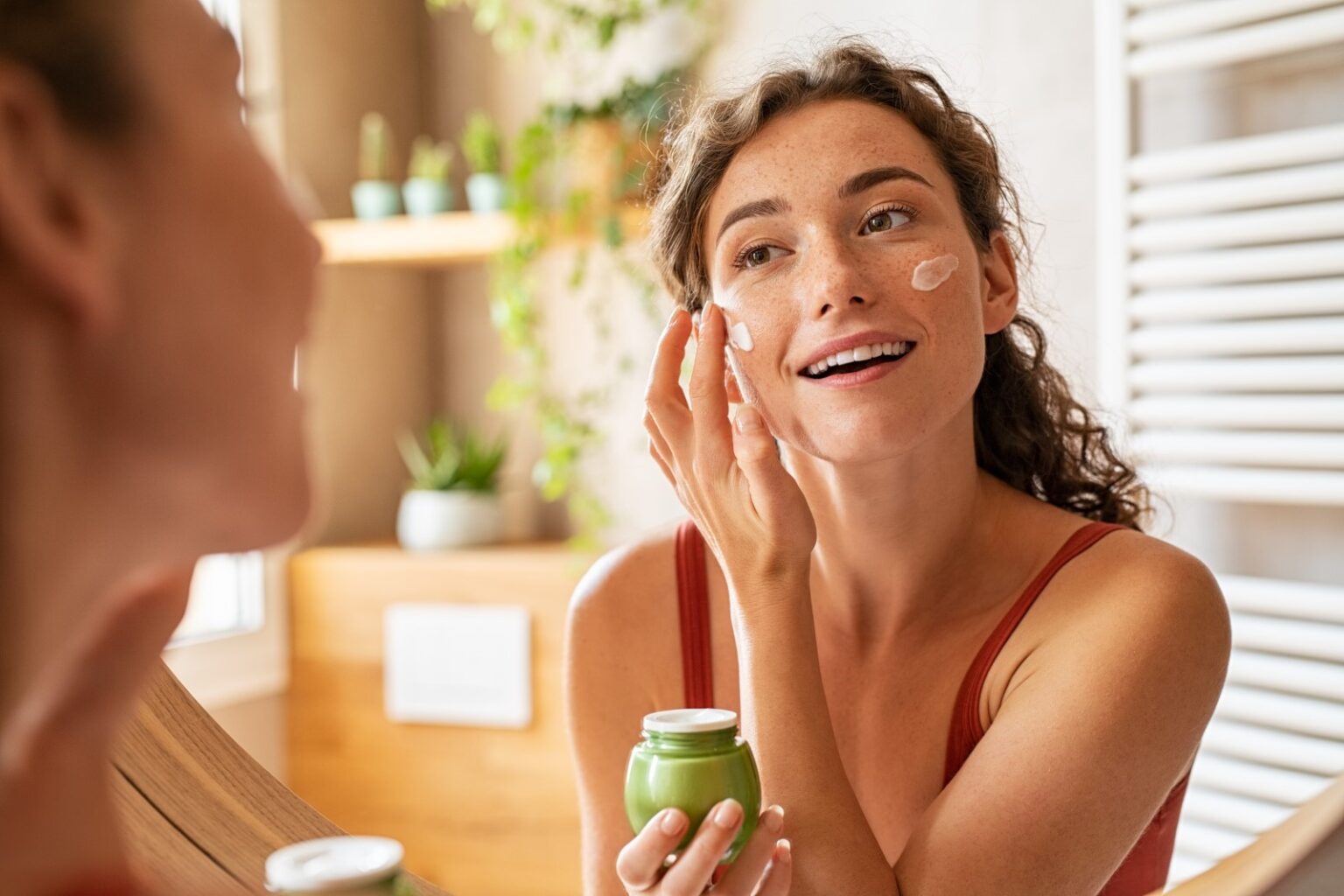Day creams nourish and protect your skin. These should be the ideal benefits. But they’re not created equal. Not all of these products can meet such expectations. And with the global skincare market projected to rake in close to USD$ 200 billion in 2025, expect more day cream types to hit the shelves, making it all the more complicated to pick the right one. But knowing your skin type is what will make this task so much easier. (1)
Keep reading to learn how to choose the best day face cream for your beauty needs.
Identify Your Skin Type and Their Characteristics
Table of Contents
Nobody should start heading out to physical cosmetic shops or browsing online beauty stores without determining their skin type. This must be your first step in selecting the right day cream. Otherwise, you may purchase a product that doesn’t do much for you.
Of course, it’s equally essential to get your day cream from trusted brands and stores. They offer products made from high-quality and lab-tested ingredients; you can be sure they won’t harm your skin.
Here’s a quick overview of five skin types:
Oily Skin
That feeling of excess shine, especially around your T-zone, can affect your confidence. Others might mistake it for a glass-skin effect, but it’s not.
Skin naturally produces oil, called sebum, to stay moisturized and shielded from the harsh element. But when the sebaceous glands go into overdrive, that extra oil builds up on the surface. That’s why you notice a greasy appearance and clogged pores. You also have a higher chance of breakouts.
Dry Skin
It’s easy to tell when your face is feeling dry. Tightness, flakiness, or a dull complexion often give it away. Sometimes, your skin feels rough or itchy after cleansing or during colder months.
Dry skin is quite the opposite of oily skin. In this case, your face doesn’t produce enough natural oils to stay soft and hydrated.
Combination Skin
As the name indicates, this type is when your face has both oily and dry areas at the same time. Usually, the T-zone tends to be oily, while the cheeks and other parts appear dry. Combination skin can be tricky to manage, as it requires a balanced approach that addresses both concerns without worsening either.
Sensitive Skin
Sensitive skin is pretty common, and people with this condition are estimated to be 1.8 to 5 times more susceptible to developing skin allergies. In this regard, your skin reacts easily to fragrances, alcohol, or harsh chemicals found in cosmetic products. You may notice redness, itching, or a burning sensation after application. (2)
Normal Skin
Consider yourself lucky if you have normal skin. It’s well-balanced, not too oily or dry, and has fewer blemishes. The pores are barely noticeable, and your complexion generally looks smooth. Simply put, this skin type is easy to care for, so choosing products doesn’t feel like a hassle.
Knowing how your skin responds to certain skincare products can narrow down your selection and buying journey. When in doubt, consult with a dermatologist for the best advice.
Check the Ingredients
The next step is to consider what formula your skin needs or what’s in the jar. The effectiveness of your morning cream depends on its ingredient composition.
Check out the table below for components that work better for specific skin types:
| Skin Type | Recommended Ingredients | Ingredients to Avoid |
|---|---|---|
| Oily/Acne Prone |
|
|
| Dry Skin |
|
Alcohol-based ingredients (can cause more dryness) |
| Combination Skin |
|
Overly rich or thick creams (can clog oily areas) |
| Sensitive Skin |
|
|
| Normal Skin |
|
Depends on personal sensitivities |
These are a few components to look for and avoid based on your skin type. So, always read the product labels carefully.
Look for One With Sun Protection
Sunscreen is non-negotiable when it comes to daytime skincare. Even if you’re mostly indoors or the weather seems cloudy, UV radiation can still damage your skin. And it’s not just avoiding a simple sunburn.
Prolonged exposure to sunlight can lead to premature aging, dark spots, or, more seriously, an increased risk of skin cancer, which is quite prevalent globally. In fact, one in every three diagnosed cancers is skin cancer. (3)
In that regard, cosmetic chemists or manufacturers have incorporated sun protection factor (SPF) into skincare products. Their goal isn’t necessarily to eliminate sun damage entirely but to help reduce its impact over time.
That’s why morning cream with SPF is now widely available. It’s an easy addition to your routine, just one step that covers both moisture and sun defense. Be sure to choose one with at least SPF 30 and broad-spectrum protection to shield your skin effectively from UVA and UVB rays.
Closing Thoughts
Finding the perfect day cream for your beauty revitalization goes beyond following the latest trends online or grabbing the prettiest jar on the shelf. It focuses more on what your skin needs: comfort, balance, and dependable care.
Take time to notice how your skin responds, read the ingredient list with curiosity, and don’t be afraid to keep it simple. Sometimes, less is more. And once you’ve found that one cream that works just right? Stick with it. Skin thrives on consistency more than reinvention.
References:
1. “Skin Care – Worldwide”, Source: https://www.statista.com/outlook/cmo/beauty-personal-care/skin-care/worldwide
2. “Occurrence of Allergens in Cosmetics for Sensitive Skin”, Source: https://www.mdpi.com/2079-9284/9/2/32
3. “Overview of skin cancer types and prevalence rates across continents”, Source: https://www.sciencedirect.com/science/article/pii/S2949713224000582


